Ethnic/ethnic relations with religion in Vietnam today
Vietnam has 54 ethnic groups (of which 85.30% are Kinh; 14.70% are other ethnic groups), in which the proportions by regions are respectively: Northern midlands and mountainous areas are 43.80% and 56.20%; Red River Delta 97.9% and 2.10%; North Central and Central Coast 89.70% and 10.30%; Central Highlands 62.30% and 37.70%; Southeast 94.20% and 5.80%; Southwest 92.40% and 14.70% (1) . In which, some ethnic minority communities account for a high proportion (over 1 million people) such as: Tay ethnic group (1,845,492 people); Thai ethnic group (1,820,950 people); Muong ethnic group (1,452,095 people); Mong ethnic group (1,393,547 people); Khmer ethnic group (1,319,652 people); Nung ethnic group (1,083,298 people). By the end of 2020, our State had recognized 36 religious organizations, of which certificates of registration for religious activities were granted to 4 organizations and 1 religious practice belonging to 16 religions; thousands of concentrated religious groups (including concentrated religious groups of foreigners legally residing in Vietnam); over 26.5 million religious followers (accounting for about 27% of the country's population), more than 54,000 dignitaries, 135,000 officials and 29,658 places of worship (2) .
Along with that, in the process of formation and development, each ethnic community is associated with types of beliefs and religions that reflect the cultural characteristics of the ethnic community. Among them, there are ethnic communities associated with types of religions, typically, the Khmer ethnic community associated with Southern Buddhism; the Cham ethnic community (South Central region) associated with Bani and Brahmanism, ethnic minority communities are all associated with types of traditional beliefs that reflect the cultural values of each ethnic group. However, in recent decades, along with changes in the economic and social life of ethnic minorities, religious beliefs have also undergone major changes. This reflects the objective development in the trend of globalization and international economic integration that has allowed religions from outside to penetrate into Vietnamese society, including ethnic minorities. At the same time, it reflects the subjective development of religious forms themselves as religions increase missionary activities and expand their influence into ethnic minority communities in Vietnam.
If in the past, almost 100% of Khmer people followed Southern Buddhism, now, a part participates in other religious activities, such as Christianity, Catholicism, Protestantism... (3) . In Kien Giang province alone, there are nearly 19,000 Khmer people (accounting for about 10% of the province's population) who follow other religions, of which 17,810 follow Northern Buddhism and Mendicant Buddhism, 562 follow Protestantism, 422 follow Catholicism, 54 follow Cao Dai, 43 follow Pure Land Buddhist Lay Association of Vietnam, 33 follow Hoa Hao Buddhism (4) . The Cham community in the South Central region has also been converting their faith from Brahmanism and Baniism to Islam, Catholicism and Protestantism. In Ninh Thuan province, recently, about 350 Cham people converted from Bani religion to Islam, and about 883 people followed Catholicism. In Binh Thuan, Islam appeared in the Cham community following Bani religion in Binh Minh village, Phan Hoa commune, Bac Binh district with about 105 people (accounting for 0.09% of the Cham population of the whole commune). As for Protestantism, currently, Ninh Thuan has about 276 Cham people and several hundred Cham people in Binh Thuan province (5) .
The Party and State always pay attention to perfecting policies for ethnic minorities in general and ethnic minorities with religions in particular_Source: nhiepanhvadoisong.vn
Third, promote economic restructuring and economic development on the basis of cooperation and application of science and technology in ethnic minority areas in general and ethnic minority areas with religions in particular.
In practice, in ethnic minority areas, especially in ethnic minority areas with religious beliefs, agricultural production (cultivation, livestock) is mainly carried out in a fragmented, small-scale, or even self-sufficient manner. The economic efficiency in this area is not high, and even the products produced cannot be consumed. Therefore, economic development in this area requires a systematic synchronization between fundamental and sustainable solutions. For ethnic minority and mountainous areas, the State needs to promote restructuring of the agricultural sector, transforming the crop structure towards increasing the area of planting trees with high economic value associated with the formation of specialized, concentrated areas with advantageous products. Along with that, it is necessary to step up support for people to solve the shortage of residential land, housing, production land, domestic water, review the allocation of land, forest allocation, and forest protection contracts for people.
The State needs to continue to have policies to develop concentrated agricultural commodity production areas according to planning, build concentrated specialized areas with appropriate scale associated with effective implementation of the One Commune, One Product - OCOP program; apply science and technology, synchronous mechanization in all stages of production, preservation, and processing of agricultural products suitable to local conditions. At the same time, there needs to be more policies to attract businesses to invest in the agricultural and rural sectors and develop cooperatives linked in production, business, and product consumption.
Compared to other subjects, the forms of cooperative economy among ethnic minorities with religions are still limited in both quantity and efficiency, mainly focusing on the agricultural sector. The collective economic model is suitable for the production organization needs of ethnic minorities following religions, linking value chains with enterprises. However, to perform this task well, the issue of changing the awareness of production and business activities of ethnic minorities following religions is very important. Because ethnic minorities with religions are bound by two factors: culture, customs, living traditions of the community and religious beliefs. These factors have penetrated deeply into the lifestyle, culture is not easy to change. Therefore, to orient the change of production habits of the community, there needs to be a system of synchronous measures, especially intuitive measures through specific economic models.
Fourth, promote vocational training activities associated with job creation for ethnic minority workers, especially religious workers.
One of the important economic solutions for ethnic minorities in general, and ethnic minorities with religions in particular, is the issue of employment. Statistics show that the unemployment rate in ethnic minority areas is quite high, specifically: the unemployment rate of ethnic minority areas is 1.40%, of which the Northern midland and mountainous areas is 1.19%; the Red River Delta is 1.74%; the North Central and Central Coast is 1.73%; the Central Highlands is 1.15%; the Southeast is 1.77%; the Mekong Delta is 2.22% (8) . Although vocational training associated with job creation for ethnic minorities has always been a matter of concern for the State. However, compared to actual requirements, the rate of ethnic minority workers who have not received vocational training and are unemployed is still quite high. Furthermore, for various reasons, the number of ethnic minorities, including religious people, migrating to large provinces and cities to find jobs is quite high, especially in the Southwest region. In Soc Trang province alone, about 57,220 Khmer people migrated to Ho Chi Minh City and neighboring provinces to work and live (9) .
In addition to the conversion of religious beliefs, from traditional religious beliefs to other religions, such as Protestantism, Catholicism, Buddhism, etc., since the late 1980s, many types of "new religious phenomena" have appeared in ethnic minority areas. Among the approximately 100 new religious phenomena in Vietnam today, about a quarter exist and develop in ethnic minority areas (of which about a quarter exist in the Central Highlands, mainly in the Ede, Ba Na, Gia Rai ethnic groups, and a quarter exist in the Northern mountainous region, mainly in the Mong and Dao ethnic communities)... ( 6) . Thus, compared to before, the relationship between ethnicity and religion in ethnic minority areas is undergoing complex changes. This change affects many areas of social life from national defense - security, social order and safety, economic development to customs, practices, and community cultural values. In that context, the socio-economic development strategy for ethnic minority areas cannot ignore this factor.
Solutions to implement economic policies to resolve the relationship between ethnicity and religion in Vietnam today
Socio-economic development in ethnic minority areas is one of the strategic tasks of our Party and State through the periods, especially from the renovation period up to now. This task is not simply the all-round development of ethnic minority communities but is related to many issues, especially the issue of national security and defense. This is clearly demonstrated through policies, programs and projects that are both urgent and long-term with the goal of sustainable development in ethnic minority areas. Faced with the changes in the lives of ethnic minorities in Vietnam today, including the relationship between ethnic and religious issues, development policies need to take into account the relationship between universality and specificity. In particular, universality must be based on the common values and conditions of ethnic communities in Vietnam; and specificity is based on the cultural values, customs, lifestyles and beliefs of each ethnic group.
One of the common issues in the development strategy of ethnic minority areas is the economic issue. In Vietnam, apart from a few ethnic minorities with relatively good living conditions (typically the Chinese), the vast majority of ethnic groups living in rural, mountainous and border areas have extremely difficult economic lives compared to urban and delta areas. According to the results of the survey of living standards, the multidimensional poverty rate has continuously decreased in the period 2016 - 2022. The multidimensional poverty rate in 2022 is 4.3%, down 0.1 percentage points compared to 2021 and down an average of 0.81 percentage points in the period 2016 - 2022. The multidimensional poverty rate is mainly concentrated in households in ethnic minority areas. In the period 2016 - 2022, the multidimensional poverty rate in ethnic minority areas decreased quite rapidly compared to the Kinh, Hoa and the whole country. In 2022, the multidimensional poverty rate in ethnic minority areas was 23.7%, down 12.8 percentage points compared to 2016, an average decrease of 2.13 percentage points per year in the period 2016 - 2022; the Kinh and Hoa had a multidimensional poverty rate of 2%, down 2.8 percentage points and an average decrease of 0.47 percentage points per year (7) . Therefore, the most important policy for developing ethnic minority areas is still the economic development policy. And to properly resolve the relationship between ethnicity and religion in the current period, the economic development policy for ethnic minority areas needs to focus on the following basic solutions:
First, solve land issues for ethnic minorities in general and ethnic minorities with religions in particular.
One of the issues that directly affects the lives of ethnic minorities, including religious people, is the issue of land. Due to many different reasons, mainly due to the difficult life, a large number of ethnic minorities have arbitrarily transferred residential land and production land, leading to a shortage of residential land and production land. Moreover, one of the limitations of the current Land Law (Land Law 2013) is that it does not take into account planning factors, land recovery mechanisms and budgetary financial mechanisms. On the other hand, although the Land Law and its implementing documents stipulate the allocation of land to ethnic minorities, when land is allocated for the second time, the right to use the land is limited (within 10 years, after which it can be transferred). However, in reality, there are cases where ethnic minorities transfer land before the deadline and the transferee waits until the 10-year deadline to complete the procedures, which leads to ethnic minorities continuing to have no land for production, not ensuring policy goals... Therefore, in adjusting the Land Law, it is necessary to supplement prohibited acts of land management agencies in allocating and leasing land to subjects not entitled to the State's support policies for ethnic minorities; stipulate prohibited acts of subjects transferring and receiving land transferred by the State under the land support policy for ethnic minorities; stipulate land recovery plans to create land funds for allocation and leasing to ethnic minorities; regulations on land recovery to resolve residential land and production land for ethnic minorities... In the immediate future, in the process of implementing Decision No. 1719/QD-TTg, dated October 14, 2021, approving the National Target Program on socio-economic development in ethnic minority and mountainous areas for the period 2021 - 2030, it is necessary to create a mechanism to grant residential land and production land to ethnic minorities in order to stabilize their housing and expand production activities in accordance with the characteristics of each region and locality in the country.
Soldiers of Dak Blo Border Guard Station, Dak Glei District (Kon Tum Province) help people operate and maintain machinery for agricultural production_Source: baodantoc.vn
Second, continue to promote the development of the transportation system associated with the new rural construction movement to serve economic development in ethnic minority areas.
Developing infrastructure in general and the transport system in ethnic minority areas in particular is an issue that the Party and the State pay great attention to and resolve through a system of synchronous policies. Up to now, the conditions of infrastructure in general and the transport system in particular have been significantly improved, especially the new rural construction program, which has made an important contribution to the development of infrastructure in this area. However, compared to the requirements of economic development, the transport system in ethnic minority areas still faces many difficulties, hindering economic development. In the process of building new rural areas, the rate of communes meeting standards in ethnic minority and mountainous areas is still modest. In particular, some mountainous areas have complex geography, difficult traffic conditions, and very long distances from commune to district and from district to province, such as some areas in the Northwest (commonly in Son La, Dien Bien, Lai Chau), some communes and districts in mountainous areas of Nghe An, Thanh Hoa... These factors have a significant impact on the overall development of ethnic minorities, especially those with religious beliefs. In this situation, the National Assembly approved Resolution No. 120/2020/QH14, dated June 19, 2020, on investment policy for the National Target Program on Socio-Economic Development in Ethnic Minority and Mountainous Areas for the 2021-2030 period. Based on Resolution No. 120/2020/QH14 of the National Assembly, the Prime Minister issued Decision No. 1719/QD-TTg, dated October 14, 2021, approving the National Target Program on Socio-Economic Development in Ethnic Minority and Mountainous Areas for the 2021-2030 period, of which Phase I will be implemented from 2021-2025 with 10 projects, 14 sub-projects, 36 contents and 158 activities. The program covers most sectors and fields, in which each project, sub-project, content and activity is linked to the goal of improving new rural criteria in ethnic minority and mountainous areas. On that basis, one of the important tasks to promote this issue is that localities need to proactively accelerate the speed of capital disbursement in infrastructure development, especially in disadvantaged areas and in provinces and disadvantaged areas of ethnic minorities to help people have conditions to develop the economy, trade and transport goods to other areas.
In order to solve this problem, the overall project for socio-economic development in ethnic minority and mountainous areas for the period 2021 - 2030, issued together with Resolution No. 88/2019/NQ-QH14 of the 14th National Assembly, has set a specific target by 2025 of "50% of working-age workers receiving vocational training suitable to the needs and conditions of ethnic minorities". The project also sets the target by 2030 as: "Transforming the rural labor structure in ethnic minority areas, annually attracting 3% of workers to work in the following industries and occupations: industry, handicrafts, tourism, and services. By 2030, 40% of ethnic minority workers will know how to work in the following industries and occupations: industry, handicrafts, tourism, and services. Strive to have 80% of ethnic minority farming households engage in commodity agriculture and forestry". In addition, ensuring the effectiveness of vocational training activities associated with job creation requires the implementation of many synchronous measures. In addition to supporting vocational training funding, attention should be paid to career transition for people because in reality, in some areas, land funds for agricultural activities are increasingly decreasing due to population growth, urban expansion, development of industrial parks, processing zones, development of ecotourism, spiritual tourism, rising sea levels, etc. Moreover, the issue of career transition needs to be based on the actual requirements of each locality and each region on the basis of determining the employment needs in the localities, especially in areas with a large population of ethnic minorities and religions, to avoid the situation where trained workers cannot find jobs suitable for their trained profession and have to look for jobs elsewhere.
Therefore, the issue of vocational training for ethnic minority workers associated with religion needs to pay attention to a number of issues, such as: 1- Local authorities need to closely coordinate with universities, colleges, and vocational schools located in the area (or in neighboring areas) to determine the types of occupations suitable for the subjects and the locality, region, along with policies and regimes to support the trained subjects; 2- Local authorities need to closely coordinate on the basis of signing programs on job creation for local workers, paying attention to ethnic minority workers and religious workers, ensuring the skill level of the trained subjects when recruited by enterprises. 3- Local authorities and enterprises need to pay attention to addressing the religious needs of ethnic minorities on the basis of arranging suitable time for workers to participate in religious activities that suit their needs. If they want workers to be attached to the enterprise, local authorities need to pay attention to the location that serves the needs of expressing faith and religious activities of workers.
Economic development of ethnic minority and religious minority areas is a macro issue. Although these policies have been implemented for many years, the current policy implementation process needs to be viewed synchronously, from many aspects to suit the actual situation and conditions of ethnic groups and localities. Only then can new policies be effectively promoted, avoiding waste of resources and meeting the actual needs of the people, making an important contribution to the socio-economic development of the country in the new period./.
--------------------------------
(1) According to the press release on the results of the 2019 population and housing census of the General Statistics Office, General Statistics Office website , December 19, 2019, https://www.gso.gov.vn/su-kien/2019/12/thong-cao-bao-chi-ket-qua-tong-dieu-tra-dan-so-va-nha-o-nam-2019/#:~:text=Th%C3%B4ng%20c%C3%A1o%20b%C3%A1o%20ch%C3%AD%20K%E1%BA%BFt%20qu%E1%BA%A3%20T%E1%BB%95ng%20%C4%91i%E1%BB%81u%C3%B9ng%20th%E1%BB%9Di%20%C4%91i%E1%BB%83m%20n%C4%83m%202009.%20...%20More%20items
(2) T. Lan: Achievements in ensuring freedom of belief and religion in Vietnam, Communist Party of Vietnam Electronic Newspaper , April 4, 2023, https://dangcongsan.vn/xa-hoi/nhung-thanh-tuu-bao-dam-quyen-tu-do-tin-nguong-ton-giao-o-viet-nam-634837.html
(3) Tran Huu Hop: The conversion of a part of Khmer people in the Southwest region, Journal of Religious Studies , No. 3&4/2017, pp. 101, 103
(4) Hoang Thi Lan (editor-in-chief): Religious life and beliefs of ethnic minorities in Vietnam today (monograph), Political Theory Publishing House, Hanoi 2021, p. 71
(5), (6) Hoang Thi Lan (editor-in-chief): Religious life and beliefs of ethnic minorities in Vietnam today (monograph), ibid , pp. 85, 148
(7) General Statistics Office: Poverty reduction achievements and policies to support the poor in Vietnam in the period 2016 - 2022, General Statistics Office website , October 9, 2023, https://www.gso.gov.vn/du-lieu-va-so-lieu-thong-ke/2023/10/thanh-tuu-giam-ngheo-va-cac-chinh-sach-ho-tro-nguoi-ngheo-o-viet-nam-giai-doan-2016-2022/#:~:text=Trong%20n%C4%83m%202 022%2C%20t%E1%BB%B7%20l%E1%BB%87%20ngh%C3%A8o%20%C4%91a%20chi%E1%BB%81u,qu%C3%A2n%20m%E1% BB%97i%20n%C4%83m%20gi%E1%BA%A3m%200%2C47%20%C4%91i%E1%BB%83m%20ph%E1%BA%A7n%20tr%C4%83m.
(8) Committee for Ethnic Minorities - General Statistics Office: Results of the survey to collect information on the socio-economic situation of 53 ethnic minorities in 2019 , Statistical Publishing House, Hanoi, 2020, p. 89, https://www.gso.gov.vn/wp-content/uploads/2020/07/01-Bao-cao-53-dan-toc-thieu-so-2019_ban-in.pdf
(9) Soc Trang Provincial Party Committee: excerpt from the Report at the Working Conference with the research and survey delegation of the Ho Chi Minh National Academy of Politics, May 2023
Source: https://tapchicongsan.org.vn/web/guest/nghien-cu/-/2018/1099402/giai-phap-thuc-hien-cac-chinh-sach-kinh-te---lien-quan-den-moi-quan-he-dan-toc%2C-toc-nguoi-voi-ton-giao.aspx


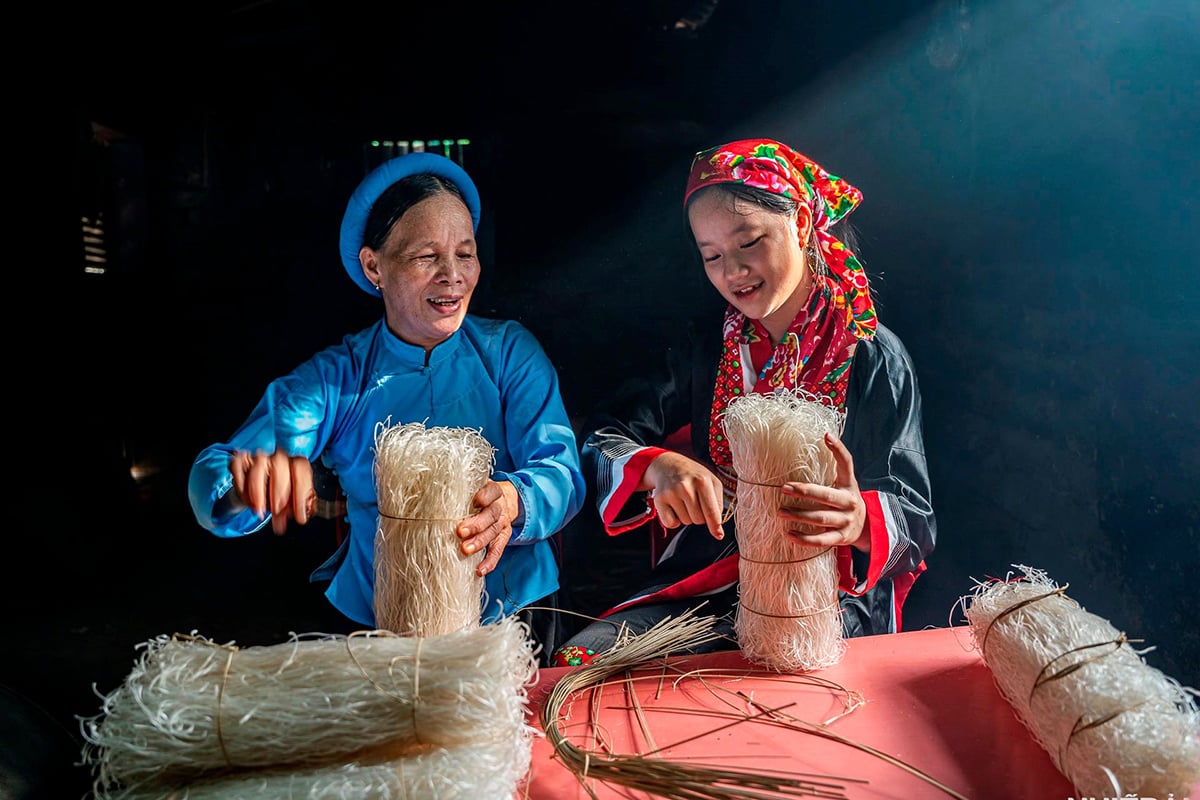
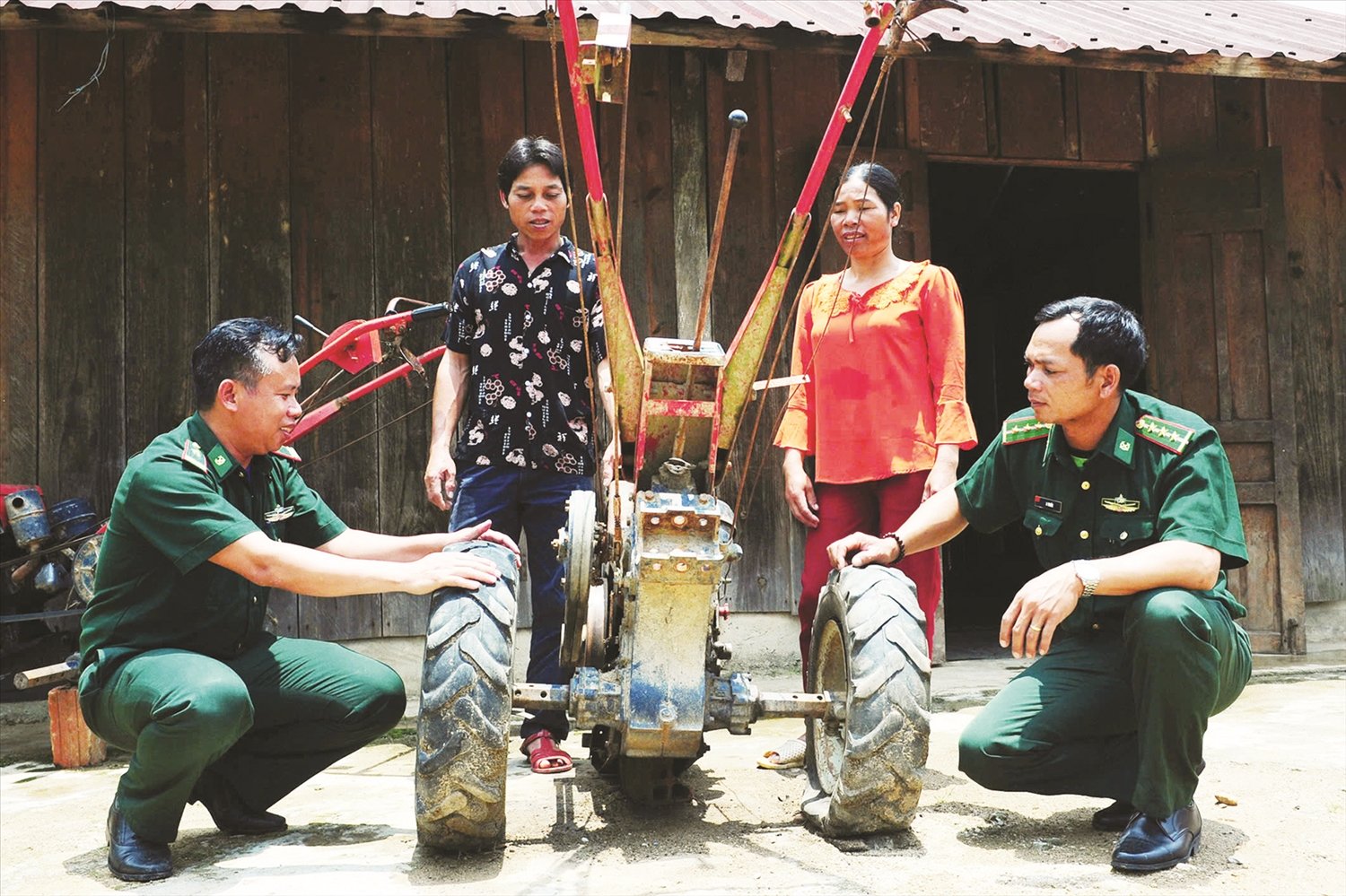

![[Photo] General Secretary To Lam attends the opening of the 1st Government Party Congress](https://vphoto.vietnam.vn/thumb/1200x675/vietnam/resource/IMAGE/2025/10/13/1760321055249_ndo_br_cover-9284-jpg.webp)


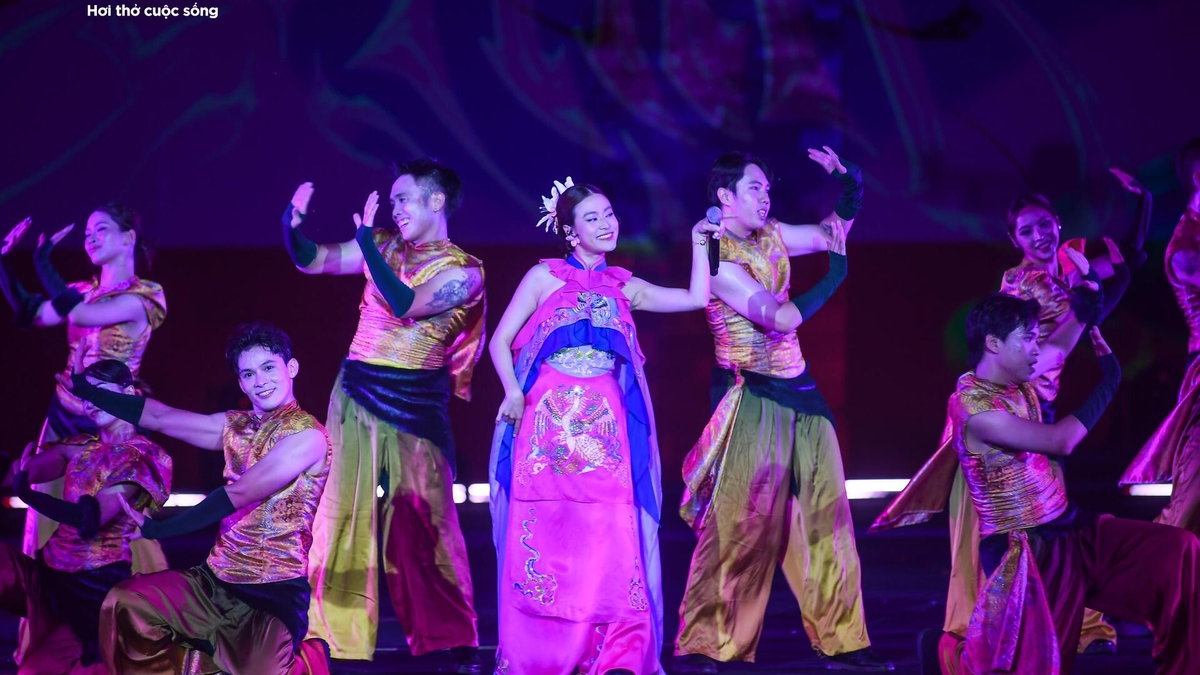



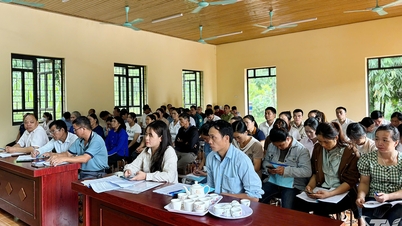






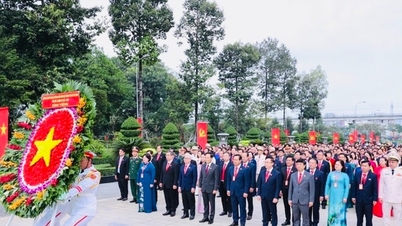
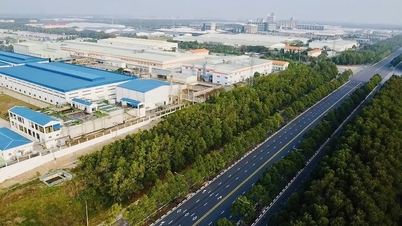
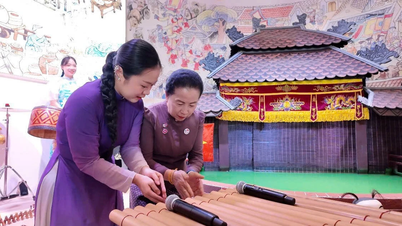

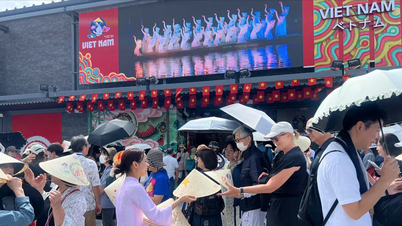









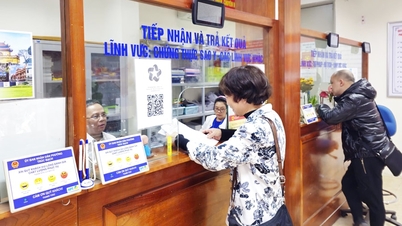

![[Photo] National Assembly Chairman Tran Thanh Man attends the 725th anniversary of the death of National Hero Tran Hung Dao](https://vphoto.vietnam.vn/thumb/1200x675/vietnam/resource/IMAGE/2025/10/12/1760285740475_ndo_br_bnd-8978-jpg.webp)





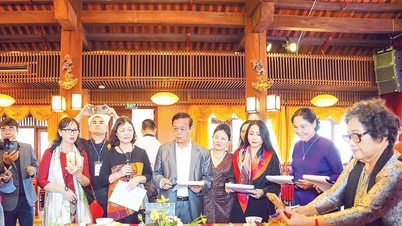

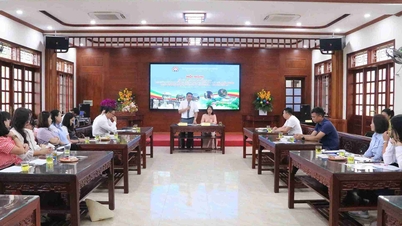

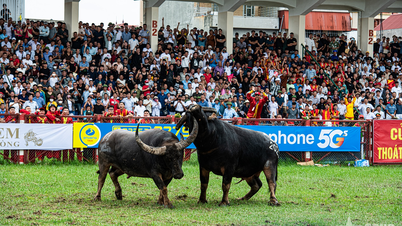







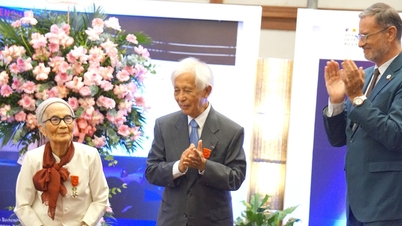




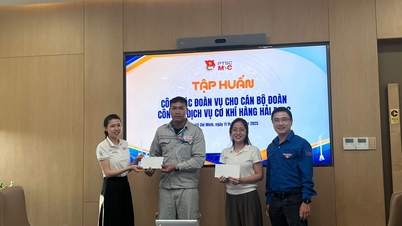

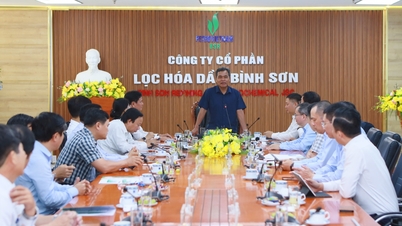
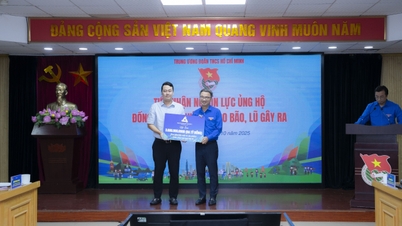


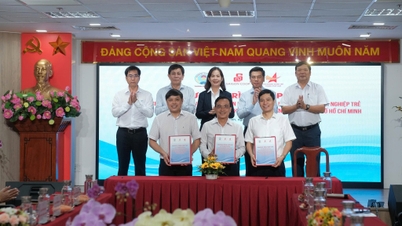












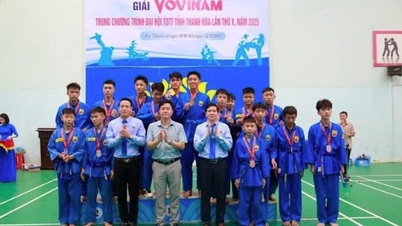



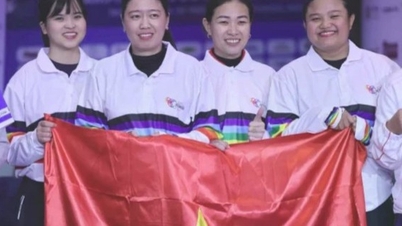
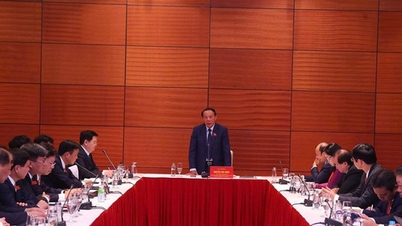

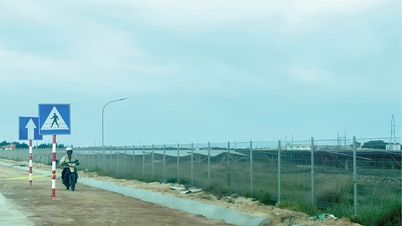


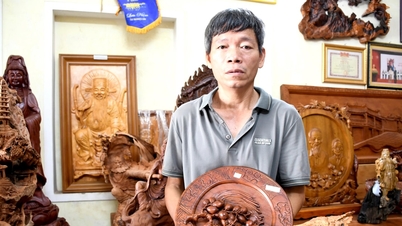





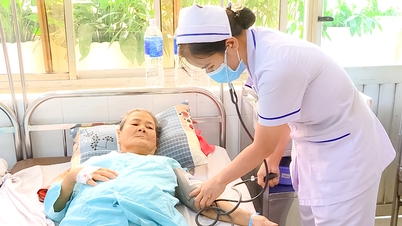




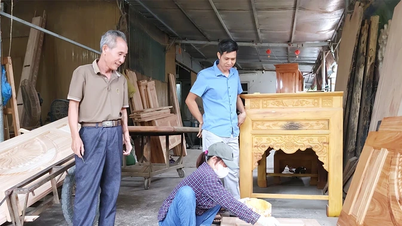










Comment (0)